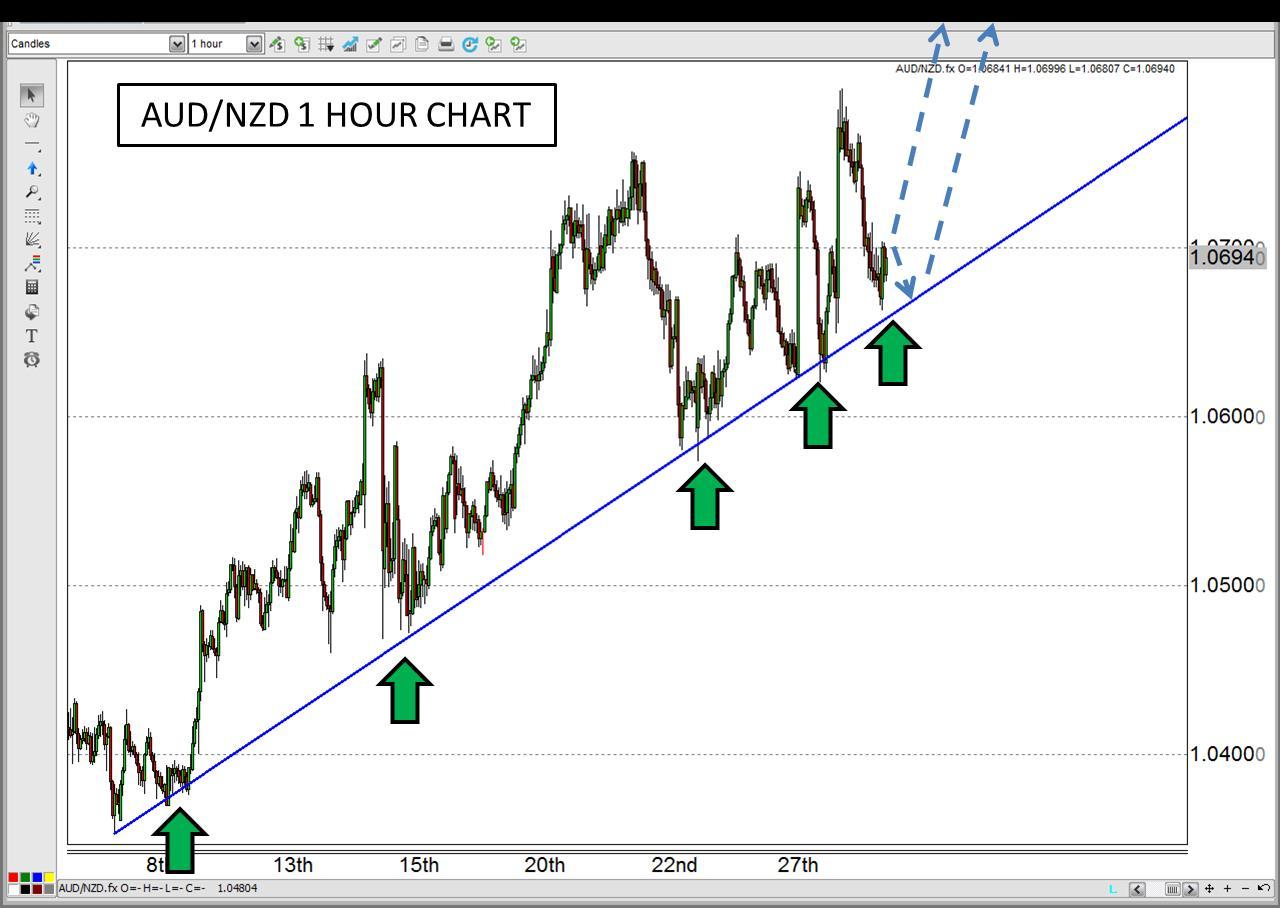![]()
The commodity currencies of Australia and New Zealand have really been abused of late as their central banks have leaked that they could be cutting interest rates or backed away quickly from a hawkish stance respectively. When viewing the context of the decisions to lean more dovish for both nation’s central banks -- falling milk prices, falling oil, falling copper, Eurozone Quantitative Easing, a slowing China, etc. -- it makes complete sense for them to do so. Maintaining an aggressive policy when the world is crumbling around you is akin to whistling past the graveyard during a new moon at midnight with the power out during a zombie outbreak; it will probably end badly. The European Central Bank is still trying to recover from the premature interest rate rises Jean Claude Trichet (wow, I haven’t typed that name in a while) instituted in 2011; actions that were immediately undone by Mario Draghi upon his ascension to the chair.
This is the type of situation Australia and New Zealand find themselves in, the economies they rely upon more than any others are struggling to produce enough to maintain the status quo, but they had slightly hawkish leans. To mitigate that, both central banks are preparing for a worst case scenario by preparing their own people, and the world, for potential upcoming actions. Those actions could weaken their currencies dramatically over the next few months as the currency wars drag on and the battle of currency devaluation spreads.
The Reserve Bank of New Zealand had the first chance to cut rates yesterday, but they passed, so the first act goes to the Reserve Bank of Australia. If we are to believe the leaked rumors in Australian press, the RBA will be cutting rates next week, and the expectations by traders will likely be overwhelmingly of that belief. However, RBA Governor Glenn Stevens has been known to verbally intervene in the past, mentioning several times over the last few years that the AUD/USD is overvalued, effectively thwarting its advance, but the RBA rarely delivered anything of substance therafter. Could this be another form of that type of jawboning from Stevens?
If that were the case, AUD traders may be quickly squeezed out of their positions, none more so than against their neighbor, New Zealand, who already established their dovishness. If this type of scenario were to play out, the AUD/NZD sets up pretty well with a rising trend line near current prices, and despite the RBA cut rumors, continues to establish higher highs and higher lows.
Figure 1:
Source: www.forex.com
Recommended Content
Editors’ Picks
AUD/USD jumps above 0.6500 after hot Australian CPI data

AUD/USD extended gains and recaptured 0.6500 in Asian trading, following the release of hotter-than-expected Australian inflation data. The Australian CPI rose 1% in QoQ in Q1 against 0.8% forecast, providing extra legs to the Australian Dollar upside.
USD/JPY hangs near 34-year high at 154.88 as intervention risks loom

USD/JPY is sitting at a multi-decade high of 154.88 reached on Tuesday. Traders refrain from placing fresh bets on the pair as Japan's FX intervention risks loom. Broad US Dollar weakness also caps the upside in the major. US Durable Goods data are next on tap.
Gold price cautious despite weaker US Dollar and falling US yields

Gold retreats modestly after failing to sustain gains despite fall in US Treasury yields, weaker US Dollar. XAU/USD struggles to capitalize following release of weaker-than-expected S&P Global PMIs, fueling speculation about potential Fed rate cuts.
Crypto community reacts as BRICS considers launching stablecoin for international trade settlement

BRICS is intensifying efforts to reduce its reliance on the US dollar after plans for its stablecoin effort surfaced online on Tuesday. Most people expect the stablecoin to be backed by gold, considering BRICS nations have been accumulating large holdings of the commodity.
US versus the Eurozone: Inflation divergence causes monetary desynchronization

Historically there is a very close correlation between changes in US Treasury yields and German Bund yields. This is relevant at the current juncture, considering that the recent hawkish twist in the tone of the Fed might continue to push US long-term interest rates higher and put upward pressure on bond yields in the Eurozone.
